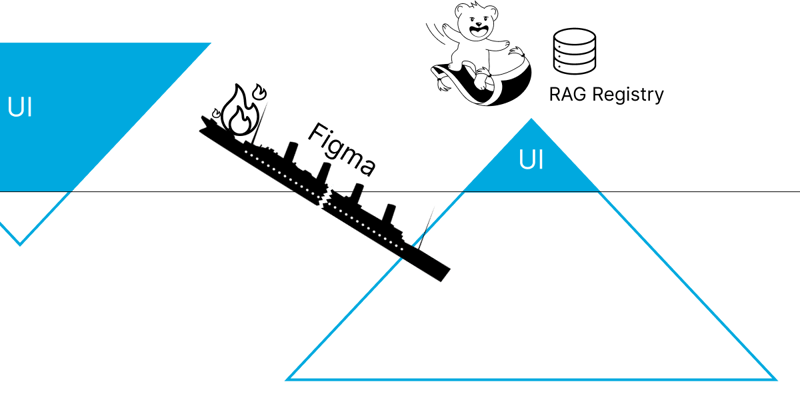- UX for AI
- Topics
- AI Agents
AI Agents



Escape from the Figma Titanic – Part 3:Magic RAG Registry
In Part 2, I showed you how to build your first Magic RAG files—structured documents that let you feed precise, just-in-time UX content to your AI Agents and LLM-driven applications. In this installment, we take your Magic RAG from amateur to professional by introducing a concept of a simple registry. It's like programming, but with words. It's fun, accessible, and UX/PM-friendly.


Escape from the Figma Titanic: Part 2 -- UXer’s Guide to Magic RAG
RAG (Retrieval-Augmented Generation) is a method for providing just-in-time content, enabling LLMs and AI Agents to answer users' questions and perform autonomous tasks. Recent advances in RAG make it a perfect Magic Carpet for ambitious user-centered UXers seeking to escape the sinking ship of pixel-pushing irrelevance. This article guides you through the process of creating RAG files step by step, so you can connect with your Data Scientists and start adding superior UX value today.




AI Is Flipping UX Upside Down: How to Keep your UX Job, and Why Figma is a Titanic (It’s Not for the Reasons You Think)
We have been talking about the coming demise of Figma for a couple of years now, and it seems clear: Figma and Figma-centered workflows are over. But it’s not for the reasons you'd think.

Secrets of Agentic UX: Emerging Design Patterns for Human Interaction with AI Agents
“We believe that, in 2025, we may see the first AI agents “join the workforce” and materially change the output of companies,” said Sam Altman (1). Here's an excellent example of Supervisor/Worker Agentic UX from AWS Re: Invent that showcases emerging fundamental design patterns for Human-Agent interactions.



